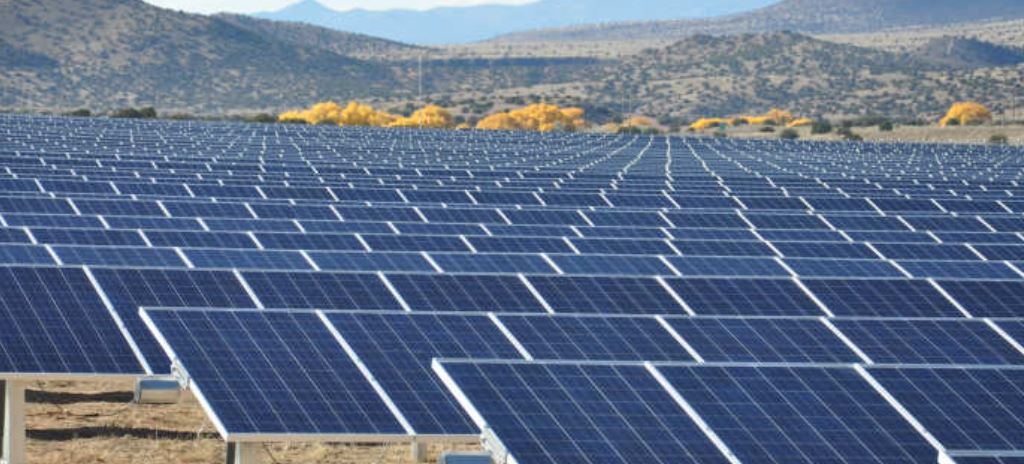Retirement is a beautiful thing. For a lot of us, the second we enter the working wold begins that seemingly endless countdown clock that ticks until we’ve hopefully saved and invested well enough to spend our last thirty or so years wearing Charlie Sheen bowling shirts and riding around on a golf cart in Boca Raton.
The only happier instances of retirement than living out your golden years playing shuffleboard with Gladys from apartment 14B are when utilities and grid operators decide it’s time to say “thanks for the memories” and move on from their old, coal-fired generation.
Today we bid adieu to two such of those plants, as Public Service Company of New Mexico (PNM) has announced that it will be retiring its San Juan Generating Station, while the City of Garland, Texas notified the Electric Reliability Council of Texas (ERCOT) that it would be doing the same to the 470 MW Gibbons Creek Generation Station. And, potentially even more beautiful than kicking coal to the curb, the plan in both of these locations is to replace at least a significant portion of the lost generation with renewables.
In New Mexico, PNM has filed documents with the New Mexico Public Regulation Commission detailing plans to replace the San Juan Station’s capacity. What those plans entail is 370 MW of solar, located within a 100-mile radius of the San Juan Generating Station. With this solar deployment will also come a minimum of 60 MW of battery storage, and potentially more. The plan also calls for 280 MW of natural gas generation.
Upon completion of this plan, PNM expects emissions drop 62% below 2005 levels. For reference, had the San Juan Station remained active, those emissions would only fall 27% below 2005 levels.
This shutdown is being driven by policy, specifically New Mexico’s Energy Transition Act, which set a 50% by 2030 renewable energy mandate and 100% by 2045 clean energy mandate. This sentiment is supported by Steve Michel, deputy director of Western Resource Advocates’ Clean Energy Program:
This is all done pursuant to the recently passed Energy Transition Act and shows how good outcomes can be achieved when people work together to solve problems. Going forward, we will be looking closely at the proposal to see what improvements can be made – for example, by locating more renewable energy in San Juan County.
One state to the East, specific plans for the future of generation in place of the Gibbons plant have not been announced, because the owners of the plant have already prepared for its shutting down. The cities of Denton, Bryan and Garland have invested in a solar project to be constructed in Lamar County, expected to be somewhere between 200 and 500 MW in capacity upon its anticipated completion in June of 2022. Furthermore, the cities of Denton, New Braunfels, Garland and Kerrville have jointly invested in a 225 MW solar plant, dubbed Long Draw Solar. the project is set to be located in Borden County and operational by June 2020.
So happy retirement to The Gibbons and San Juan generation stations. Thanks for the memories, but you, like Charlie Sheen’s Two and a Half Men wardrobe, will not be missed.
This content is protected by copyright and may not be reused. If you want to cooperate with us and would like to reuse some of our content, please contact: editors@pv-magazine.com.









Since this is about coal shutting down I would like to mention the Blackjewel LLC coal mining company filed for bankruptcy Monday, July 1. They operate the #4 and #6 largest mines out of Wyoming.